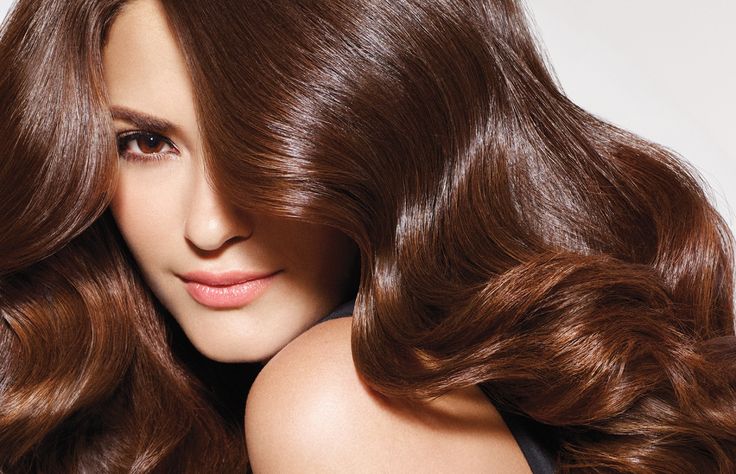Bad hair days? Well, it is the right time to dig deeper and understand the causes behind them. From using the wrong products to improper handling, there could be multiple reasons for your hair woes. Everything ends up to a single point and that is understanding your hair type and texture. This knowledge will guide you in purchasing the perfect products and help you choose the best styling techniques, to have the best hair you ever dreamt of.
Understanding about Hair texture
If you are wondering how to check your hair type, it is best to dry it naturally without any use of an external dryer. As you hair dry it will reveal its natural shape to you, which could be-
- Straight: If your hair dries straight without a bend or curl, you have straight hair.
- Wavy: If your hair dries with a slight curve or “S” shape, you have wavy hair.
- Curly: If your hair dries with a defined curl, you have curly hair.
- Coily: If your hair dries to form tight curls or spirals, you have coily hair.
Understand your Hair density
In simpler words, hair density means the thickness of your hair strands. It can be thin, medium or thick.
Now the real question is how it affects the hair health. Well, it has an indirect effect as the hair density actually affects how the moisture will be retained by your hair and based on that how your hair will hold the hair styles.
Now the next question boggling your mind would be- how to know your hair density. Here’s a simple test: Take a strand of your hair and compare it to a piece of sewing thread. If your hair is thinner, you have thin hair. If it’s thicker, you have thick hair. Medium hair falls somewhere in between.
Here how the hair with different density holds hair styles:
- Thin Hair: Struggles to hold curls but can be easily volumized with the right products.
- Medium Hair: Relatively easy to style and hold curls.
- Thick Hair: Easy to curl but can be challenging to style or shape.
Lets move to another important criteria that affects the hair health and that is Hair Porosity.
Understanding Hair Porosity
Hair porosity is all about how well your hair can soak up moisture and products.
Want to find out your hair’s porosity? Try this easy test:
- Take a single strand of your hair.
- Drop it into a glass of water.
Results
- High Porosity
- If your hair sinks to the bottom, it has high porosity.
- This means it soaks up a lot of moisture quickly.
However, it also loses moisture just as fast due to gaps or tears in the cuticle. Hence, dry, brittle hair that’s prone to breakage.
- Medium Porosity
- If your hair sinks but doesn’t touch the bottom, it has well-balanced porosity.
- This means it absorbs just the right amount of moisture to stay healthy.
- Low Porosity
- If your hair floats on top of the water, it has low porosity.
- This means it doesn’t absorb moisture easily.
Important Note
You might think high porosity hair would be super moisturized, but that’s not the case. It absorbs moisture quickly but loses it just as fast, leading to dryness and breakage.
Here’s how to take care of High Porosity Hair
- Avoid Heat Styling: Try to minimize the use of heat styling tools as much as possible.
- Skip Harsh Chemicals: Stay away from products with harsh chemicals, as they can further dry out your hair.
- Opt for Natural Products: Use natural deep-hydrating hair masks, hair oils, and leave-in treatments. These will infuse your hair with moisture and help seal the cuticle to prevent moisture loss.
Here’s how to take care of Low Porosity Hair
- Help Moisture Penetrate: Since your cuticles block moisture from entering, use products designed to help moisture move through the hair shaft.
We hope the above information will help you in selecting the right hair care products so that you will get the best solutions for your hair woes. Although if you are facing some serious hair issues it is advisable to visit the doctor for further treatment.
Disclaimer: This content including advice provides generic information only. It is in no way a substitute for qualified medical opinion. Always consult a specialist or your own doctor for more information. WellBeans does not claim responsibility for this information.


